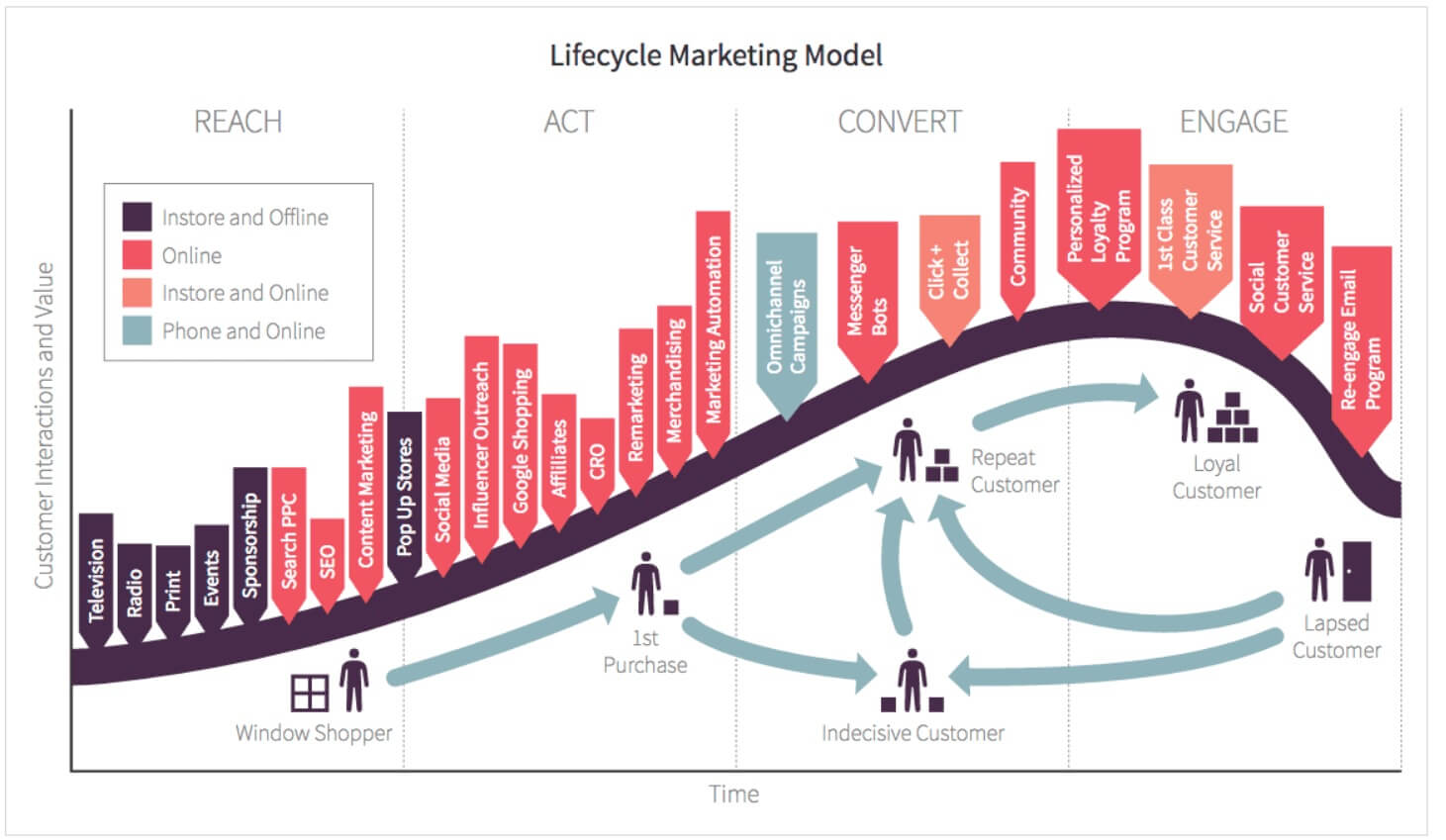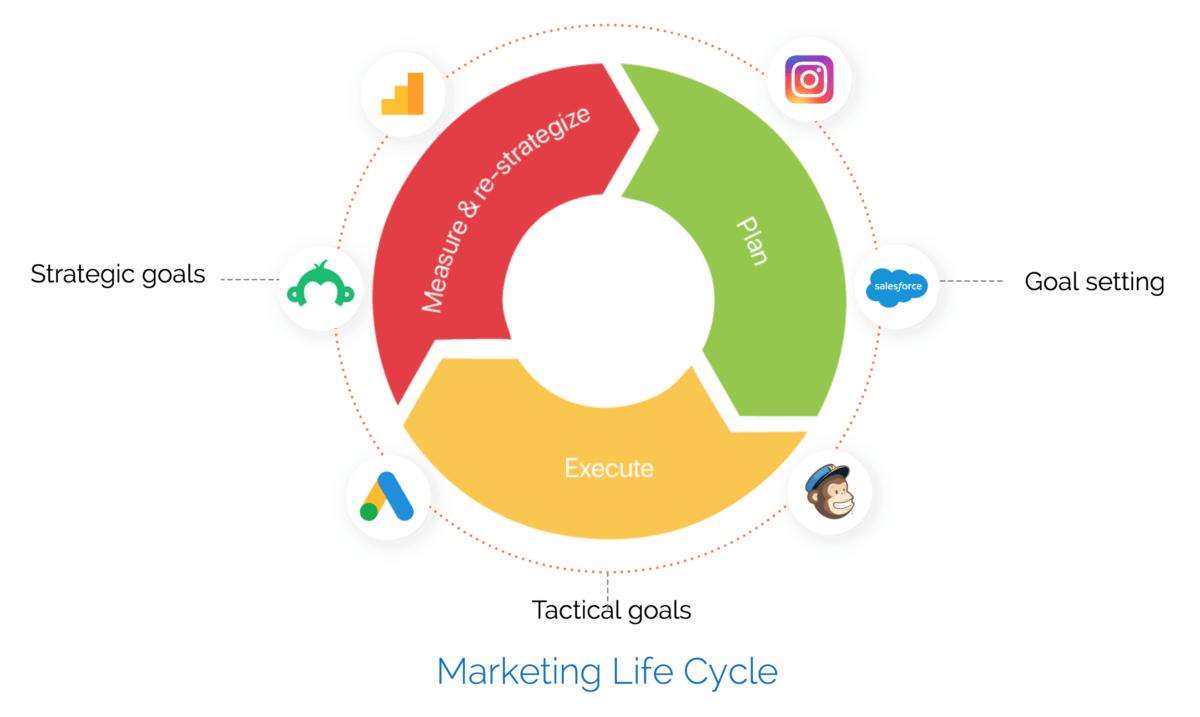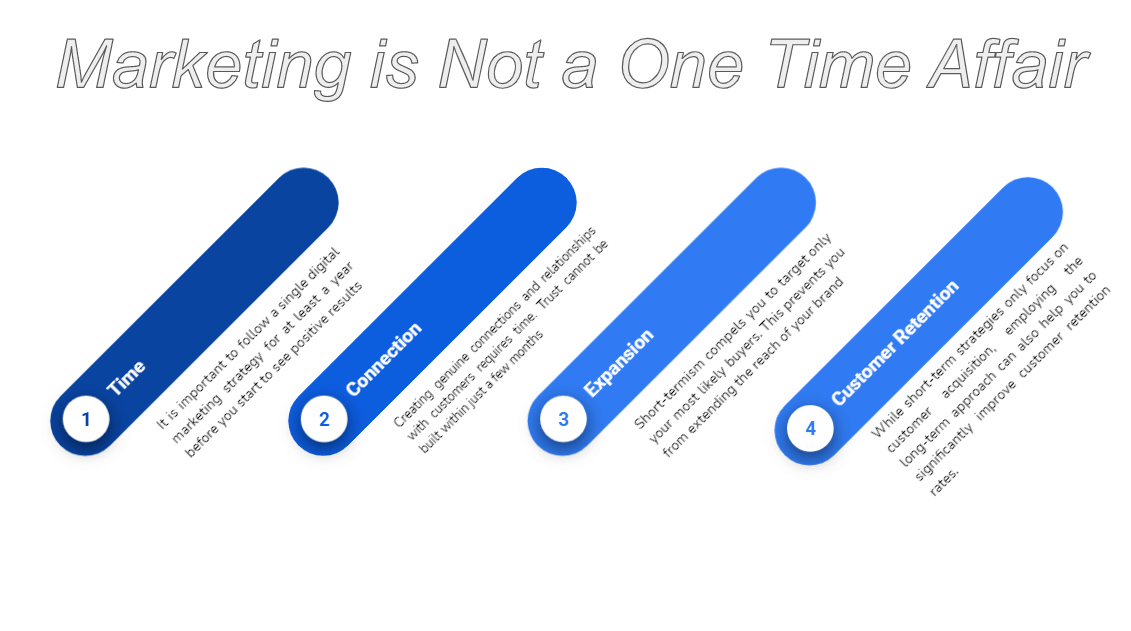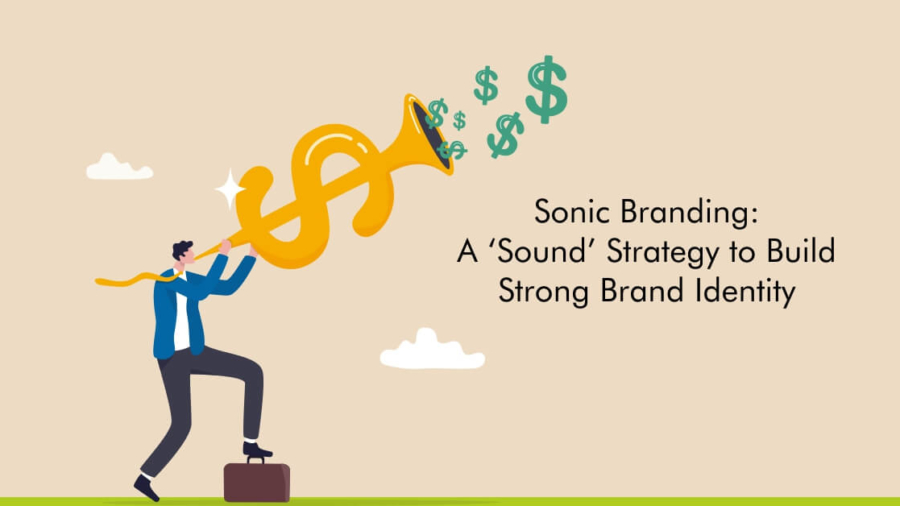For any business today, having a well-thought marketing strategy is essential to achieve its desired growth goals on a regular basis. Without one, it can be difficult to stay on top of the ever-changing media landscape. However, a meaningful marketing strategy is not just about great ideas and practices but also about being consistent with marketing efforts.
Marketing is like your business’ engine. It needs constant checkups and servicing to keep running. In absence of these maintenance activities, the whole system can grind to a halt! Hence, marketing cannot be treated as a standalone, one-off activity. It should be an ongoing process that requires commitment and discipline over an extended period of time.
The key thing here though isn’t just making sure everything falls into place, it also needs strategic optimisations on top of this careful planning. This is because there will always be changes happening within today’s dynamic market environment. And when not managed properly, this could lead to severe disruptions in the marketing processes, and ultimately, in the business outcomes.
Short-termism in Marketing is Affecting Businesses
For any business today, having a well-thought marketing strategy is essential to achieve its desired growth goals on a regular basis. Without one, it can be difficult to stay on top of the ever-changing media landscape. However, a meaningful marketing strategy is not just about great ideas and practices but also about being consistent with marketing efforts.
Marketing is like your business’ engine. It needs constant checkups and servicing to keep running. In absence of these maintenance activities, the whole system can grind to a halt! Hence, marketing cannot be treated as a standalone, one-off activity. It should be an ongoing process that requires commitment and discipline over an extended period of time.
The key thing here though isn’t just making sure everything falls into place, it also needs strategic optimisations on top of this careful planning. This is because there will always be changes happening within today’s dynamic market environment. And when not managed properly, this could lead to severe disruptions in the marketing processes, and ultimately, in the business outcomes.

Source: Smart Insights
When it comes to marketing strategies, a large number of businesses today are focusing too much on metrics and expecting quick gains. Whether it be social media marketing, paid advertising, SEO, or any other aspect, organisations are expecting great returns within the first few months. However, this does not happen as marketing campaigns take time to drive desired results.
While this approach of marketing may signal growth in terms of numbers, it fails to persist in the long run. Ultimately, this can hamper your brand-building efforts and can also take a toll on your long-term business objectives. Hence, it is always advisable to rely on long-term marketing activities to achieve strong and sustainable growth for your business.
‘The Perfect Marketing Strategy’ is a Myth

Source: Zoho
When implementing a marketing plan for your business, it is important to understand that no strategy is ever suited to drive positive outcomes repeatedly. Every marketing plan requires regular adjustments and tweaks in order to consistently meet business objectives for a long period. Relying on a single strategy can never create stability or a sense of predictability within the marketing department.
With this short-term oriented approach, businesses and marketers concentrate their budgets only on on-demand generation and bottom-of-the-funnel campaigns. As a result, they fail to address one of the major marketing objectives of every business – customer retention. However, keeping your marketing strategy flexible and making constant optimisations could significantly outweigh the benefits of short-term tactics.
Why Marketing is Not a One-time Affair?

- Time – It is important to follow a single digital marketing strategy for at least a year before you start to see positive results.
- Connections – Creating genuine connections and relationships with customers requires time. Trust cannot be built within just a few months.
- Expansion – Short-termism compels you to target only your most likely buyers. This prevents you from extending the reach of your brand.
- Customer Retention – While short-term strategies only focus on customer acquisition, employing the long-term approach can also help you to significantly improve customer retention rates.
To give your business the best chance of growing, it is thus important to stick with a single but flexible digital marketing strategy for an extended period of time. Only then can you start expecting returns from your marketing efforts. Instead of running behind quick gains with short-term tactics, focusing on long-term strategies can be useful for your business to get the best outcomes at every touchpoint.


